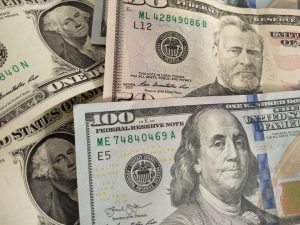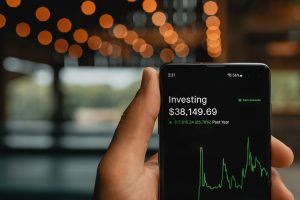Forex trading, also known as foreign exchange trading, involves buying and selling currencies in the global market. The forex market is the largest financial market in the world, with an estimated daily turnover of $5.3 trillion, making it an attractive investment opportunity for traders.
Forex trading works by exchanging one currency for another at an agreed-upon price. The exchange rate is determined by various factors such as economic and political developments, interest rates, and market sentiment. Traders aim to profit from fluctuations in exchange rates by buying a currency at a low price and selling it at a higher price, or vice versa.
Forex trading can be done through a broker or through an online trading platform. A trader first needs to open a trading account with a broker or platform and deposit funds. The trader can then start buying and selling currencies by placing orders on the platform.
There are two types of trades in forex trading: a long trade and a short trade. In a long trade, the trader buys a currency hoping that its value will increase, and in a short trade, the trader sells a currency hoping that its value will decrease.
Forex trading involves using leverage, which means that traders can control larger positions than their initial investment. For example, a trader with a $1,000 deposit can control a position worth $100,000 using a leverage ratio of 1:100. While leverage can increase profits, it also increases the risk of losses, and traders need to be cautious when using it.
Forex trading also involves understanding and analyzing technical and fundamental factors that affect exchange rates. Technical analysis involves using charts and indicators to identify patterns and trends in exchange rates, while fundamental analysis involves analyzing economic and political developments that affect exchange rates.
Traders also need to be aware of the risks involved in forex trading, including market volatility, liquidity risk, and counterparty risk. Market volatility refers to the fluctuations in exchange rates, which can be unpredictable and can lead to losses. Liquidity risk refers to the risk of not being able to exit a trade due to a lack of buyers or sellers. Counterparty risk refers to the risk of the broker or platform defaulting on its obligations.
To minimize risks, traders can use risk management techniques such as stop-loss orders, which automatically close a trade when it reaches a certain level of loss, and limit orders, which automatically close a trade when it reaches a certain level of profit.
In conclusion, forex trading involves buying and selling currencies in the global market, with the aim of profiting from fluctuations in exchange rates. Forex trading can be done through a broker or online trading platform, and involves using leverage, technical and fundamental analysis, and risk management techniques to minimize risks. While forex trading can be lucrative, it also involves risks, and traders need to be cautious and informed when trading in the forex market.





